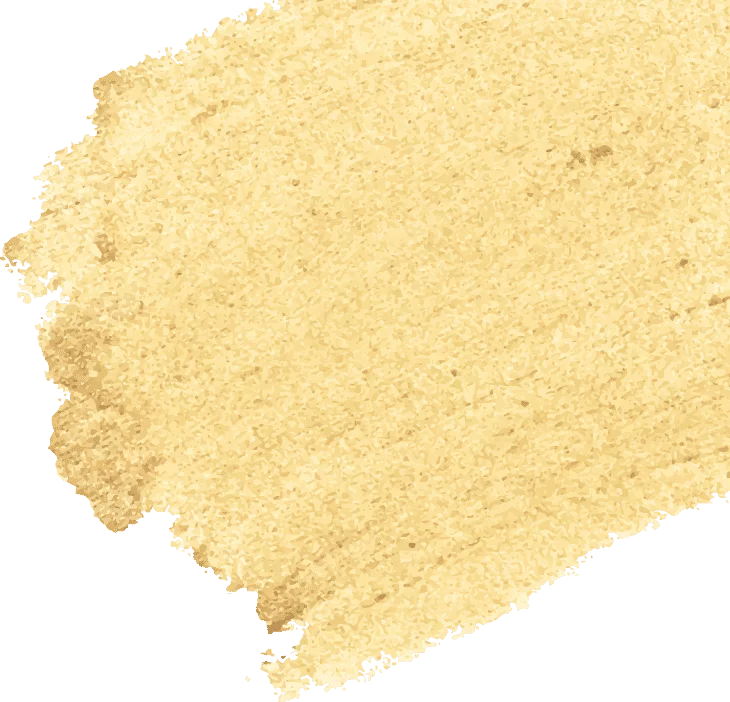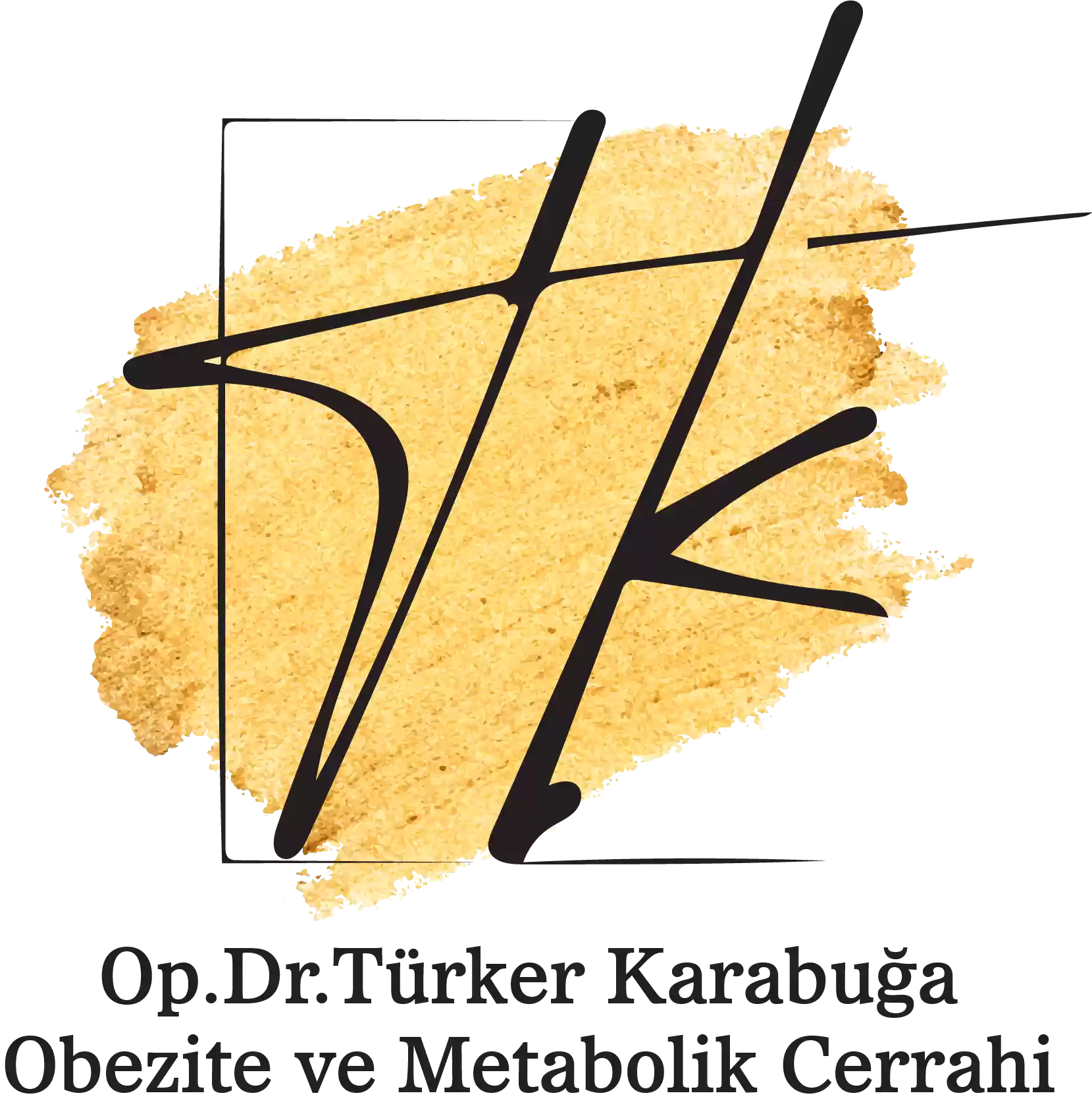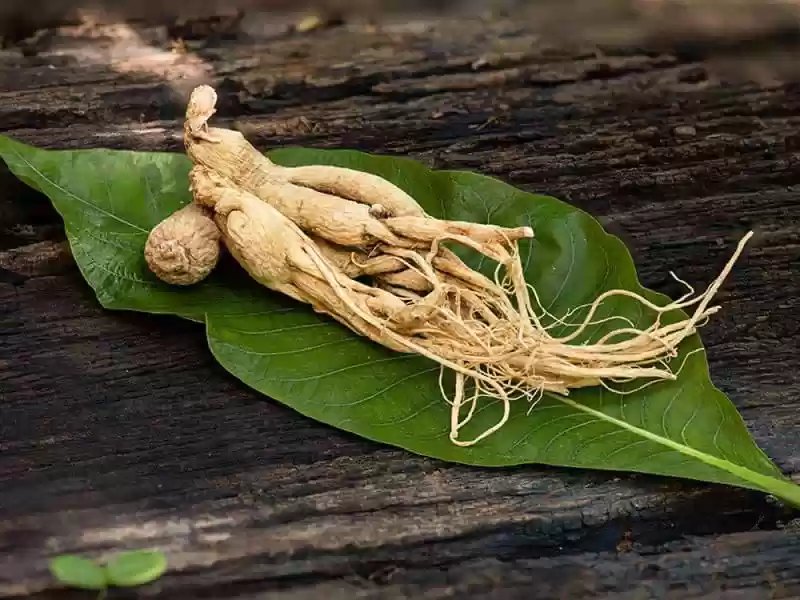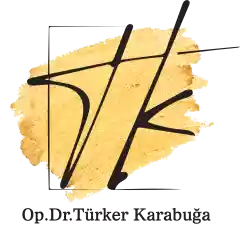The gallbladder is an important part of the digestive system. The gallbladder helps to store the bile fluid produced by the liver and to digest fats. Inflammation of the gallbladder for certain reasons can lead to health problems. Inflammation of the gallbladder is called cholecystitis. This disease is understood with sudden severe pain and various complications. It is more common in middle-aged people and women. It is recognised by pain in the upper right corner of the abdomen.
What is gallbladder inflammation (cholecystitis)?
Cholecystitis is a condition in which the walls of the gallbladder become inflamed, usually as a result of gallstones blocking the bile duct. This causes bile fluid to accumulate in the gallbladder, leading to inflammation and severe pain.
What Causes Gallbladder Inflammation?
Gallstones are the most common cause of gallbladder inflammation called cholecystitis. Gallstones block the gallbladder and bile duct, bile fluid accumulates here, so inflammation occurs. Changes in the bile content can cause epilepsy. If there is a tumour in the gallbladder, this can also cause inflammation. This disease can also be seen in HIV-positive people, virus or bacterial infections.
Symptoms of Gallbladder Inflammation
Symptoms of gallbladder inflammation are often associated with abdominal pain. Severe pain in the upper right side of the abdomen can radiate into the back and right shoulder. In addition to pain, nausea and vomiting may also occur. The inflammation can cause a high body temperature. Yellowing of the skin and eyes may occur due to blocked bile flow. Indigestion may occur after fatty meals.
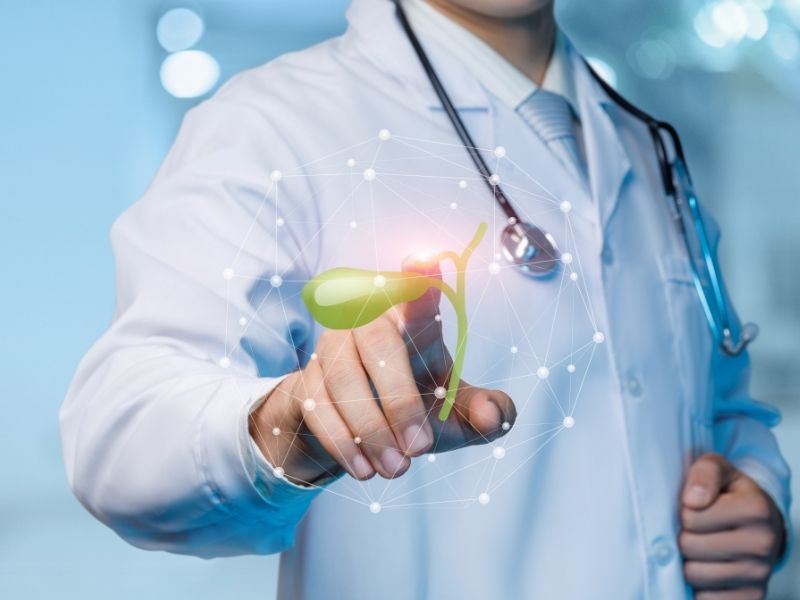
Gallbladder Inflammation Diagnosis
Gallbladder Inflammation Diagnosis
In order to diagnose gallbladder inflammation, it is necessary to find out how long the symptoms have been present and how they occur. Blood tests are then performed to evaluate liver function. High inflammation values in these tests facilitate the diagnosis. Imaging methods such as ultrasound and MRI can be used to visualise gallbladder inflammation and stones.
Gallbladder Inflammation Treatment
After gallbladder inflammation is diagnosed, its treatment is planned. First of all, antibiotic drug treatment is started because it is an inflammatory condition. Diet is carefully monitored under the supervision of a doctor. If there is severe pain, painkillers may also be given.
If it is a very severe or recurrent biliary disease, surgical removal of the gallbladder may be recommended. This procedure is called cholecystectomy. In this laparoscopic operation, the gallbladder is removed with the help of several small holes in the abdomen. Since it is performed by closed method, both the patient's recovery is comfortable and the operation is easy.
In the process after the gallbladder is removed, the bile fluid is directed directly to the duodenum called duodenum without being stored anywhere. The process works as before the operation without any disruption in the digestive system. In fact, the gallbladder is not needed for the body to function in a healthy way. Therefore, surgical removal of the gallbladder is not a problem in the treatment of gallbladder diseases.
Ways to Prevent Gallbladder Inflammation
In order to prevent gallbladder diseases, firstly, the meal pattern should be controlled. Fatty foods should be avoided and a healthy diet should be organised. High cholesterol and fatty foods can increase the formation of gallstones and thus increase the risk of gallbladder inflammation. Foods high in fibre facilitate digestion.
Regular exercise is also beneficial to prevent gallstones. Controlling weight and maintaining a healthy body weight is useful for preventing gallstones and thus gallbladder inflammation.
Considering the association of obesity with biliary diseases, it is important to avoid obesity. Smoking and alcohol consumption also have a negative effect on biliary health.
